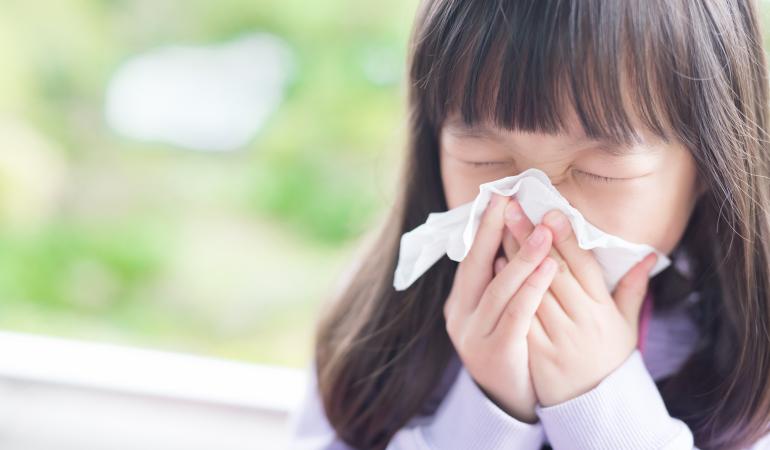
In 2020, fewer people fell ill from a disease against which vaccination is included in the National Immunisation Programme (NIP) than in 2019. This is most likely due to the COVID-19 control measures, such as social distancing, handwashing, and travel restrictions.
Surveillance data and scientific developments
The NIP surveillance report specifies the number of people who fell ill due to the 12 infectious diseases that the NIP covers. The report also analyses how severe the diseases are, and how well the vaccines work. This analysis is based on information such as the amount of people that fell ill and how often people were admitted to a hospital due to the disease. The report compares these numbers with the figures from previous years as well as figures from different countries.
The report also describes infectious diseases that have not yet been included in the NIP. Examples are chickenpox and rotavirus.
Fewer people fell ill than in 2019
Particularly pertussis, mumps, pneumococcal vaccine, and the measles were notified less often. Pertussis notifications even decreased by 85%. In 2020 there were only 2 cases of the measles, while 84 cases were reported in 2019.
The number of notifications of chronic hepatitis B decreased by about one third compared to 2019. This is probably not an actual decrease, since people visited their doctors less often due to the COVID-19 pandemic. This led to fewer hepatitis B tests to be performed than is usually the case.
The only exception to the decreased amount of notifications was Haemophilus influenzae type b (Hib). This is a bacterium that almost all people carry in their nose at some point in their lives. In 2020, the number of notifications increased to 68, while there were only 39 notifications in 2019. The RIVM (Rijksinstituut voor Volksgezondheid en Milieu) currently investigates the probable cause of this increase.
There were once again no notifications of either rubella or polio in 2020. There were 3 patients with diphtheria and 2 patients with tetanus. The number of notifications for meningococcal disease type W decreased further after the vaccine was added to the NIP in 2018.
Notifications per disease in 2019 and 2020
|
Disease |
Notifications 2019 |
Notifications 2020 |
|---|---|---|
|
Pertussis |
6,383 |
943 |
|
Mumps |
131 |
64 |
|
Pneumococcal disease |
2,400 (approximately) |
1,500 (approximately) |
|
Measles |
84 |
2 |
|
Rubella |
0 |
0 |
|
Polio |
0 |
0 |
|
Diphtheria |
0 |
3 |
|
Tetanus |
0 |
2 |
|
Meningococcal disease type W |
62 |
12 |
|
Hepatitis B (chronic and acute) |
1,205 |
825 |
|
Haemophilus influenzae type b |
39 |
68 |
Increase of the national vaccination coverage
Vaccination coverage increased slightly for the second year in a row. This was the case for children of 2 years of age, of which 0.5% more children were fully vaccinated as compared to 2019. The vaccination coverage for HPV (Humaan Papilloma Virus) vaccination for girls even increased with 10%. The children that were 2 years old in 2020 did receive most of their vaccine(s) before the coronavirus outbreak. It seems that the COVID-19 control measures had little negative impact on the NIP in 2020. Click here for more information about vaccination coverage.
Rotavirus vaccination
In June 2021, the Health Council recommended offering the rotavirus vaccine to all children. The minister or secretary of state of Health, Welfare and Sport will decide based on this advice whether or not the vaccine will be added to the NIP.
New chapter on COVID-19 added
This year, a new chapter on COVID-19 has been added to the report. The most important point from this chapter is that COVID-19 vaccines are very effective. This follows from research conducted by the RIVM. The RIVM also looks at vaccination coverage for COVID-19. At the time of publication of the surveillance report, vaccination coverage for full vaccination is 84.9% for everyone aged 18 or above. It remains as important as ever to aim for the highest possible vaccination coverage.